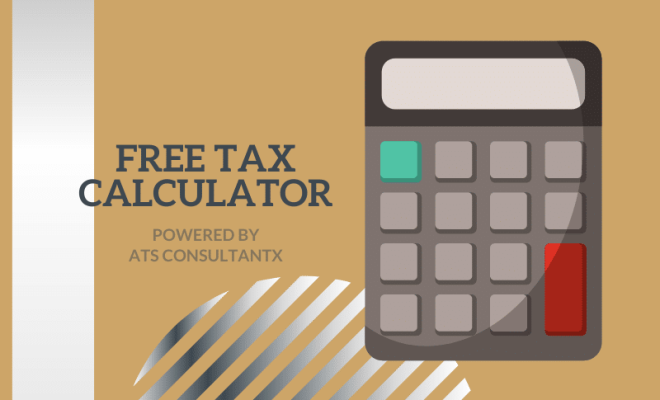How to Calculate APR on a Mortgage: A Comprehensive Guide

When it comes to mortgages, understanding the annual percentage rate (APR) is crucial for making informed decisions. The APR is a more comprehensive figure than the interest rate, as it reflects the true cost of borrowing by including additional costs, such as fees and points. This guide will walk you through how to calculate the APR on a mortgage, helping you make smarter financial choices.
1. Understand the components of APR:
The first step in calculating APR is understanding what it comprises. The APR calculation includes the interest rate, points charged by the lender, broker fees, closing costs, and other miscellaneous fees. These various expenses must be transformed into a single equivalent interest rate to obtain the APR.
2. Gather necessary data:
To proceed with the calculation, gather all pertinent information related to your mortgage loan. This will include your mortgage principal amount (the loan amount), the interest rate on your mortgage, points charged by your lender, broker fees, and other closing costs.
3. Calculate total points and fees:
Combine all mortgage-related fees and express them as a decimal value by dividing the total by 100. For instance, if the total fees are $5,000 and your mortgage principal is $200,000:
Total points and fees = 5000/200000 = 0.025 or 2.5%
4. Add an origination fee (if applicable):
If your lender charges an origination fee – which can range from 0% to 1% – also include this in your calculation following the above procedure.
5. Calculate monthly payment without fees:
Determine your monthly mortgage payment using only the principal amount and interest rate without considering additional expenses or points. You can use mortgage calculator tools available online or use the following formula with a financial calculator:
M = P [r(1+r)^n]/[(1+r)^n–1]
Where:
M = monthly payment
P = mortgage principal amount
r = monthly interest rate (annual interest rate/12)
n = total number of monthly payments (loan term in years x 12)
6. Calculate adjusted loan amount:
Subtract the total points and fees (including origination fee) from your original mortgage principal to get the adjusted loan amount. This new adjusted amount represents the actual funds you will receive after lender deductions.
Adjusted loan amount = Mortgage principal – Total points and fees
7. Calculate revised monthly payment:
Now, determine the revised monthly payment for the adjusted loan amount using the same formula mentioned above.
8. Calculate APR:
To find the APR, you’ll need both the original and revised monthly payments from your calculations. Use an online financial calculator or spreadsheet software like Excel to solve for “i” in this formula:
Revised Monthly Payment = Original Loan Amount [i(1+i)^n]/[(1+i)^n–1]
Once “i” is found, multiply it by 12 to get your annual rate, then by 100 to express it as a percentage. This will be your APR.
In conclusion, understanding how to calculate the APR on a mortgage will empower you to make well-informed decisions while borrowing money for your dream home. Always remember that APR considers not just the interest rate but also various fees and charges associated with loans. By comparing APR figures between different lenders, you can identify which option offers the most cost-effective solution while fulfilling your specific financial needs.






